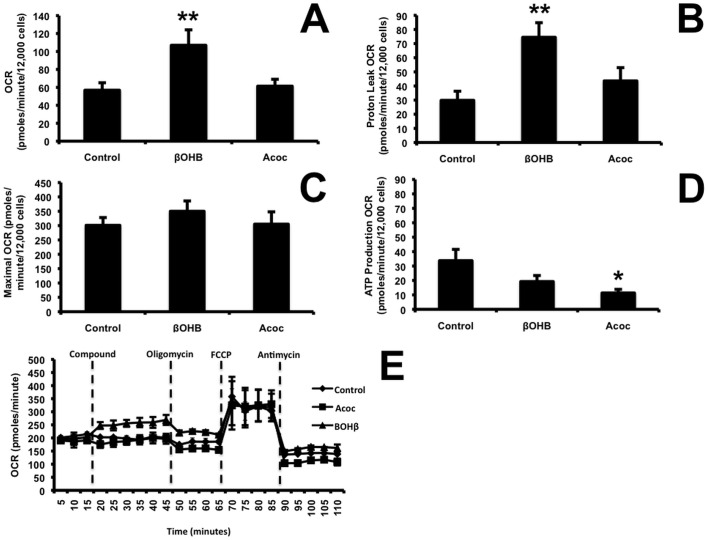Fig 6. Addition of ßOHB, a more reduced ketone body increased maximal respiratory capacity and proton leak.
Oxygen consumption rate was measured using the seahorse respiration assay for 20 min before and after addition of media (control), ßOHB or Acoc (20 mM) or respiratory inhibitors. A) For the first 20 min total cellular oxygen consumption (basal + non-mitochondrial respiration) was measured. Basal respiration is calculated from this quantity by subtracting non mitochondrial respiration. B) Oligomycin (10 μM) was added for 30 min to inhibit ATP synthase. The leak was calculated from the basal respiration which is not coupled to ATP synthesis. C) The maximal respiratory rate was determined by adding the uncoupler of oxidative phosphorylation, FCCP. D) ATP production was calculated from the decrease of oxygen consumption rate after the addition of Oligomycin A. E) Illustration of actual trace and sequence of additions used to calculate respiration. Data in A-D are represented as mean ± SEM (N = 7). ANOVA analysis with a post-hoc Dunnetts test was used for statistical analysis and showed that βOHB alone, significantly (p = 0.003) increased respiration and proton leak (p<0.044). ATP synthesis was significantly different (p = 0.04) between control and Acoc but not (p<0.09 between control and βOHB.

